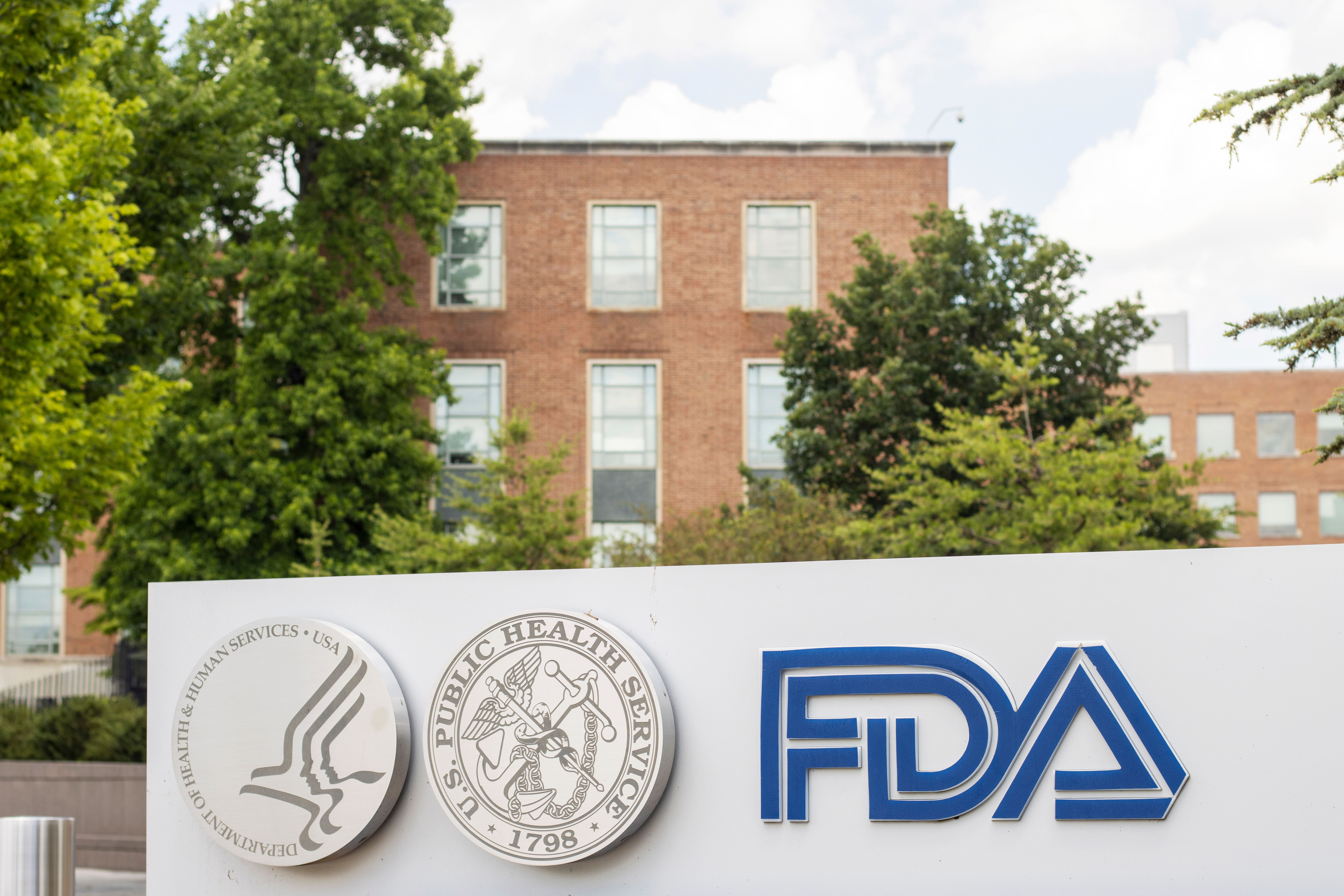- Acne
- Actinic Keratosis
- Aesthetics
- Alopecia
- Atopic Dermatitis
- Buy-and-Bill
- COVID-19
- Case-Based Roundtable
- Chronic Hand Eczema
- Chronic Spontaneous Urticaria
- Drug Watch
- Eczema
- General Dermatology
- Hidradenitis Suppurativa
- Melasma
- NP and PA
- Pediatric Dermatology
- Pigmentary Disorders
- Practice Management
- Precision Medicine and Biologics
- Prurigo Nodularis
- Psoriasis
- Psoriatic Arthritis
- Rare Disease
- Rosacea
- Skin Cancer
- Vitiligo
- Wound Care
Article
Chinese transplant surgery ups technical ante
Dermatology Times was able to secure an exclusive interview with Professor Guo Shuzhong, the Chinese surgeon who performed the world's second partial face transplant. At press time, no other U.S. media was able to arrange an interview because of tight Chinese government regulations. Working with our sister publication, Cosmetic Surgery Times China, Senior Staff Correspondent John Jesitus sat in, via conference call, with Dr. Guo, as he explained the circumstances that led him to perform the intricate surgery on a 30-year-old farmer mauled by a bear. The patient's injuries were so severe he had become a social outcast, going out in public only when necessary.
Dermatology Times was able to secure an exclusive interview with Professor Guo Shuzhong, the Chinese surgeon who performed the world's second partial face transplant. At press time, no other U.S. media was able to arrange an interview because of tight Chinese government regulations. Working with our sister publication, Cosmetic Surgery Times China, Senior Staff Correspondent John Jesitus sat in, via conference call, with Dr. Guo, as he explained the circumstances that led him to perform the intricate surgery on a 30-year-old farmer mauled by a bear. The patient's injuries were so severe he had become a social outcast, going out in public only when necessary.
Xian, China - Chinese surgeons at Xijing Hospital, a military facility in northwestern China, have performed a partial face transplant that they say was more complex than the French case that captured headlines late last year.
In mid-April, a team of surgeons led by Guo Shuzhong, M.D., Ph.D., gave 30-year-old Li Guoxing the right cheek, upper lip, eyebrow and nose of an anonymous donor during a 17-hour procedure, Dr. Guo reports. He is director of the hospital's plastic surgery department.

Dr. Guo says that although he'd been trying in earnest to perform such a surgery since early this year, the process actually began with applying for a hospital grant and, in 2004, practicing on more than 50 rabbits and 10 human cadavers.
Although Dr. Guo's knowledge of the French procedure was limited to media accounts, he says, "The French case encouraged us. If they succeeded, I believed we could do it also."
At the behest of a colleague in Hunan and the Nature Conservancy, which was working in Mr. Li's community and brought his plight to light, Dr. Guo met the patient in early 2006.
"I've worked in this field for more than 20 years," Dr. Guo says, "and this was the most serious injury I've seen."
The bear attack had left more than two-thirds of the patient's right face disfigured. Dr. Guo says exposed granular tissue and mucosa were visible, along with two holes where the nose should have been.
"And because there was no upper lip," Dr. Guo says, "all the upper teeth were exposed." The patient also had lost the front wall of his maxillary sinus and part of his cheekbone, leaving him prone to infections.
Shortly after their initial meeting, Dr. Guo says the patient traveled to Xijing Hospital, where he spent three weeks awaiting a donor while undergoing extensive examination, including psychological testing.
Comprehensive undertaking
Dr. Guo says that most of his department's 18 doctors, including 10 who were in the operating room, participated in the surgery. Harvesting the donor tissue took about two hours. Once surgeons were satisfied with tissue viability, they began blood vessel anastomosis, which they completed after about seven hours' ischemia. Between harvesting and transplantation, they stored the tissue in a standard transplant solution at 4 degrees Celsius.
From the donor, Dr. Guo says, "We took the whole nose, upper lip, a little tissue from the left side of the face and more than two-thirds from the right side, including skin, subcutaneous tissue and muscle," along with bone from the nose and malar area. They used the donor's masseter muscle to fill in the front wall of the maxillary sinus.
"In the beginning," Dr. Guo says, "we prepared six blood vessels" for anastomosis. But during surgery, doctors discovered that anastomosing one artery and vein would suffice. While this process took an hour, Dr. Guo says it took much longer to locate the recipient's facial nerves - Dr. Guo never found his orbital nerve - because the trauma covered such a wide area.
Newsletter
Like what you’re reading? Subscribe to Dermatology Times for weekly updates on therapies, innovations, and real-world practice tips.











